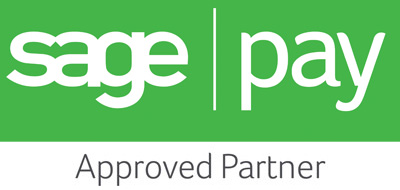Amazon Marketplace – Should You Use It?
Amazon is one of the largest retail brands in the world. Originally an online shopping site for books when it launched on 1994, the brand soon added music and films to their offering, diversifying further into streaming the same products, e-books, consumer electronics, homeware, clothing and jewellery. More recently the brand has started offering on demand TV services, film rental and voice activated control boxes that allow you to communicate with, and shop from Amazon without even firing up your browser. In April this year the company reached 80 million US based Amazon Prime subscribers, and further analysis of the data showed that Prime members were likely to spend nearly twice as much with the retailer as non subscribers ($1300 compared to $700 per year).
One of the great benefits of using Amazon Marketplace to sell online is the exposure to brand loyal customers and the ease with which these shoppers can see and purchase your products. For new businesses without an established reputation it can be hard to cut through the noise of search and social marketing, but having the associated backing of Amazon gives customers a sense of security and familiarity they do not get from a brand website alone. Of course, sellers have to pay to list and sell their products on Amazon, but for many small online sellers the decision between joining in with Amazon and trying to compete against the retail giant is an easy one – take advantage of their market share or battle against it?!
Relying solely or mainly on Amazon is not advisable, however, as consumers searching for a particular product type tend to start their research using a search engine rather than directly on Amazon. Because Amazon results tend to appear on the first page they are not missing out on getting results from Amazon, but do have a choice of other search results to investigate as well. Amazon Prime subscribers may display different behaviour as they benefit from free and expedited shipping, which we know is a major motivating factor in making a purchase from a particular retailer.
A statistic that is often thrown around is that 55% of retail searches take place on Amazon and not through a search engine. This is misleading, as the figure is actually derived from a study that showed a similar percentage of online shoppers starting their journey on Amazon. These same users also used search engines to discover products, and not every purchase was eventually made through Amazon. Being on Amazon, therefore, means sellers are visible to those people who start searching on the site, but there are 45% of people who don't visit Amazon first. Depending on your product area these may be your main customers, so understanding the likely search behaviour of your demographic is vital in making a decision on just how much time and effort to invest in the Marketplace.
In short, Amazon Marketplace can be a valuable selling tool when done right. One of the biggest disadvantages of using it as a main selling channel though can be seen in the bottom line, as due to the fees charged, companies can make much better margins selling direct to consumers. The cost of acquisition may be higher for direct sales as more marketing is needed to get the same products in front of customers, but for building a brand, a direct sales website is vital. Working out a cost-benefit analysis for the loss of margin selling through Amazon versus the cost of acquisition for direct customers is a great starting place for making a decision on how much attention should be paid to Amazon sales and how much should be focused on direct to consumer sales.
